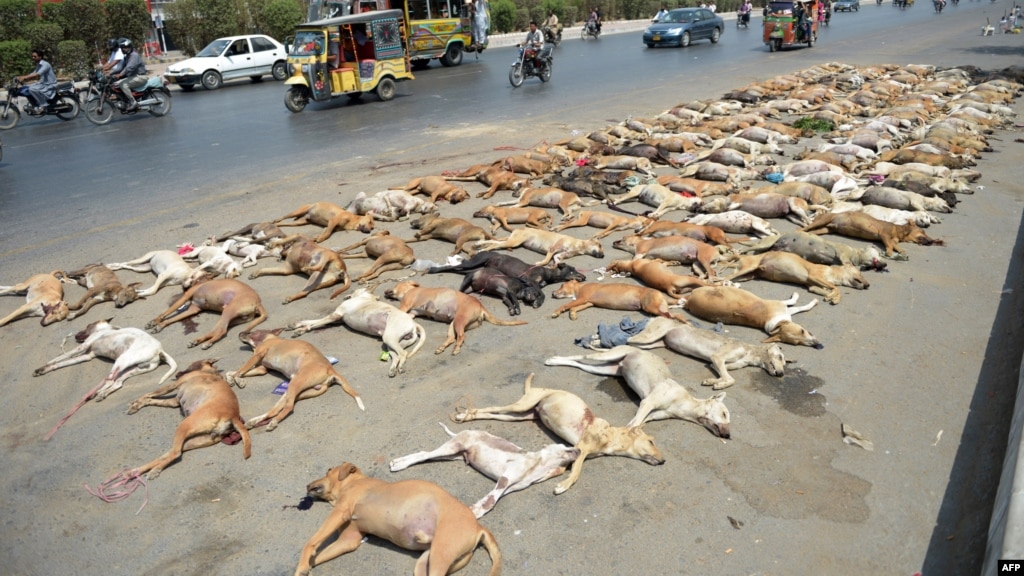You may be wondering how TNR came into use.
Turns out it has only been popularized in the last few decades. Until the 1980’s, feral dog and cat populations were almost exclusively handled by capture and kill procedure known as culling. While culling has largely been replaced by TNR in many areas, it is still a commonly used practice in certain parts of the world with feral dog and cat problems.
Areas with large feral dog populations generally suffered proportionally high rates of rabies infection, as well as other disease. In these areas, the common procedure was to capture any dogs found on the street and euthanize them. In addition to sparking outcry from animal welfare activists worldwide, the practice has been found to be ineffective in reducing feral populations and rabies infection rates (Jackman & Rowan, 2007).
Dogs captured on the street to be culled were not always necessarily strays, and the practice would often eliminate many of the owned and vaccinated dogs from the colonies (Jackman & Rowan, 2007). By eliminating individuals from certain areas, it allowed other dogs that had not been sterilized or vaccinated to populate these newly cleared regions. In a study done in the early 2000’s on culling dogs in China, which has one of the highest rates of rabies infection worldwide, this strategy had virtually no effect on feral dog populations or rabies prevalence (Jackman & Rowan, 2007). In fact, research suggests that in order to effectively reduce or eradicate a feral population by means of culling, 50-80% of the population would have to be captured (Jackman & Rowan, 2007).
Because of the ethical and effectiveness issues surrounding capture and kill tactics, trap-neuter-release programs have begun to be implemented as a viable alternative.

Dog carcasses resulting from culling in Karachi in 2015 demonstrate this antiquated technique is still in use. Photo source: http://www.rferl.org/content/pakistan-karachi-dog-cull-sparks-anger/27015645.html
